Cleaning professionals have adopted the 7-step process as a system of cleaning that is vastly reduced from healthcare policies and procedures established by government to protect patients and hospital staff.
Not all spaces are created to be cleaned in the same way. Some areas are subject to more rules than others, even though the goal is to eliminate all dirt and bacteria. Consider the difference between hospital cleaning guidelines and those for a warehouse. It is possible that different structures can get in the way. This article will examine the process in various spaces.
Cleaning And Sanitization
There are subtle differences in these terms, even though they seem similar. Here are some basic commercial cleaning terms that can vary.
Cleaning: Is the act of wiping or removing dirt from a surface to make it appear ‘clean’.
Sanitizing: It is the use of strong chemicals that can kill or reduce some bacteria, but not others.
Disinfecting: The disinfectants actually ‘killed’ many microorganisms. This includes bacteria and viruses.
The majority of commercial cleaners mix natural cleaning agents with disinfectants when cleaning.
The 7 Steps Of Commercial Cleaning:
When cleaning a room, the industry standard for commercial cleaning is to follow seven steps. These techniques often start by tackling a specific object before moving on to the next step. Each step is described below, along with why it’s important to do them in order.
1. Get rid of trash.
Empty the garbage bags and liners and throw them away. The inner part of your bin should be cleaned thoroughly. Replace the bag with a fresh one.
2. First, dust at a higher-level.
Dust everything above your shoulders in either an anti-clockwise or clockwise direction. It also makes damp mopping easier to manage, as it is like sweeping the floor before mopping.
3. Damp wipe.
All surfaces with high touch should be cleaned using a dampened cloth diluted with a neutral disinfectant, except for surfaces made of glass. Light switches, phone, doorknobs and desks are all common hi-touch surfaces found in offices. It is important to take this step because of the bacteria that can be found on these surfaces. Here you can find more information about the places where bacteria tend to gather.
4. Restock products and items.
The next step is to remediate the surfaces that are high-touch. In bathrooms, toilet paper, soap, and paper towels are essential for everyday cleanliness. They must be replenished to serve two purposes. If cleaning products are made available to the public, they can help prevent the spread of bacteria and other contagions. Second, it is important to maintain social standards.
5. Dust mop or clean the floor surface.
After cleaning all surfaces above shoulder height, clean the lower areas including the floor. To make the next stage easier, use a dust mop or ‘dry’ mops to collect dust from the floor. It is important to navigate around obstructing and bulky objects.
6. Check the entire area for missed steps.
It is important to inspect the area before moving on to the next stage. Check for any additional cleaning, or anything that looks broken/out of the ordinary. A janitor, or commercial cleaner is not obliged to repair damaged items. Damages must be reported by the owner. This step allows for damage to be found early, and does not affect the process of wet mopping.
7. Any wettable floor surface can be dampened with a dampening mop.
Wet mopping is the final step in cleaning a space. It adds a delicate finishing to the floor that can be easily disrupted. The bucket should be filled with neutral cleaner or diluted cleaner. To minimize the chance of stepping onto a wet floor, mop the perimeter of the building as well as you can. Then follow the centre of the room by poking in an 8-sided star pattern. After this, you must let the floor air dry.
Add A Sign Indicating That The Floor Is Wet
If you forget to display the sign for wet floors, someone could be injured. You or your organization may face legal penalties.
Differences Between Application
The seven-step cleaning process is only a guideline. It is a standard in the industry, but every situation will be different and require a different approach.
Cleaning The Bathroom: Its Specific Steps
The same steps are used to clean a bathroom. This includes removing trash and stocking mirrors. It is best to let urinal and bathroom cleaners soak. The longer the cleaner can be left on the surface, the better it is at killing microbes.
Never use the same towel to clean the toilet or urinal. Use a paper towel that is disposable or a cloth designed for the surface to wipe all surfaces. You can use a toothbrush to clean the inside of the toilet, but only wipe the surfaces with a cloth. For the best results, consider hiring cleaning services in Auckland to ensure professional-grade disinfecting of bathroom surfaces. Professional cleaning products should be used to disinfect bathroom surfaces.
Hospital Cleaning Standards
Cleaning is done in many ways. Healthcare Facilities Cleaning Practices Guidelines are used in every country to provide standards to all hospitals and institutions to protect staff and patients and control highly infectious materials.
In a hospital environment, it is important to use cleaning chemicals strong enough and effective enough to kill microbes. (Some are resistant) These should not disturb or irritate the patient’s health. To achieve this balance, and ensure consistency, it may be necessary to test pH. It is important to clean surfaces that are frequently touched, such as beds, headboards and IV poles. Also, wipe down buttons, remotes, rails and floors.
Commercial Or Office Cleaning
Different styles of offices exist. These professional environments can present some unique challenges. In general, the seven-rules apply to surfaces that are frequently touched, such as phones, computers and desks. Carpet may present a problem if it is the predominant flooring in the room. For regular cleaning, carpets can be vacuumed. However, other tools and precautions might be required to remove particularly dirty carpeting.

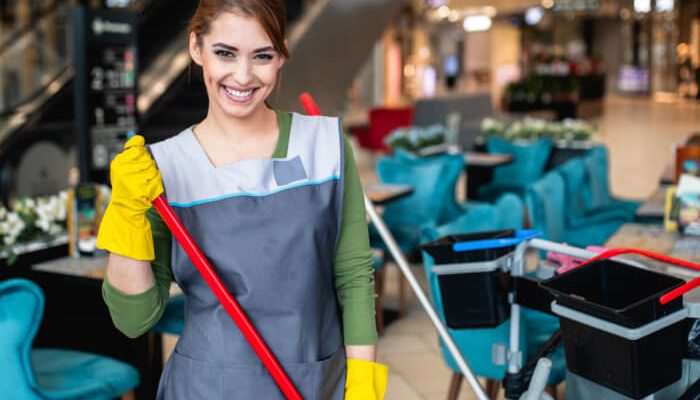
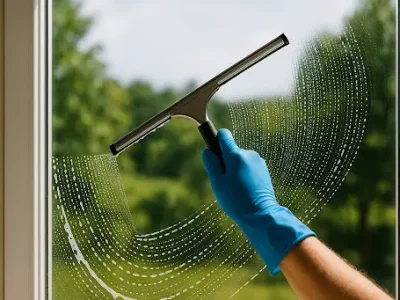
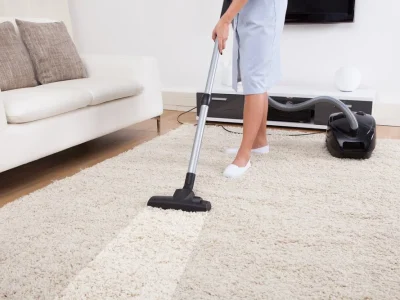
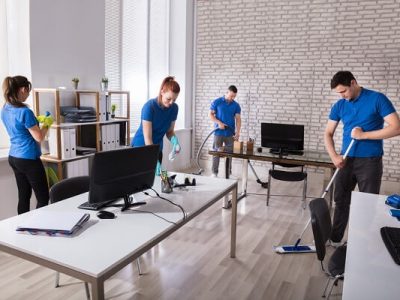
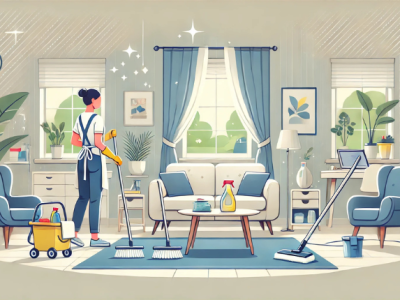
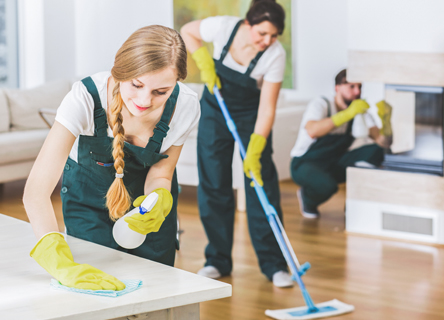
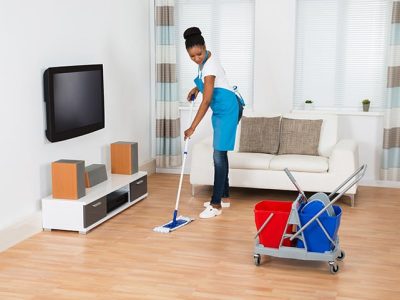





Comments